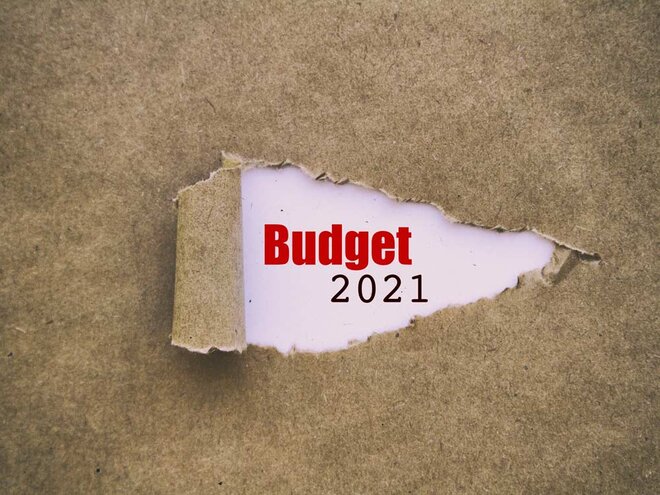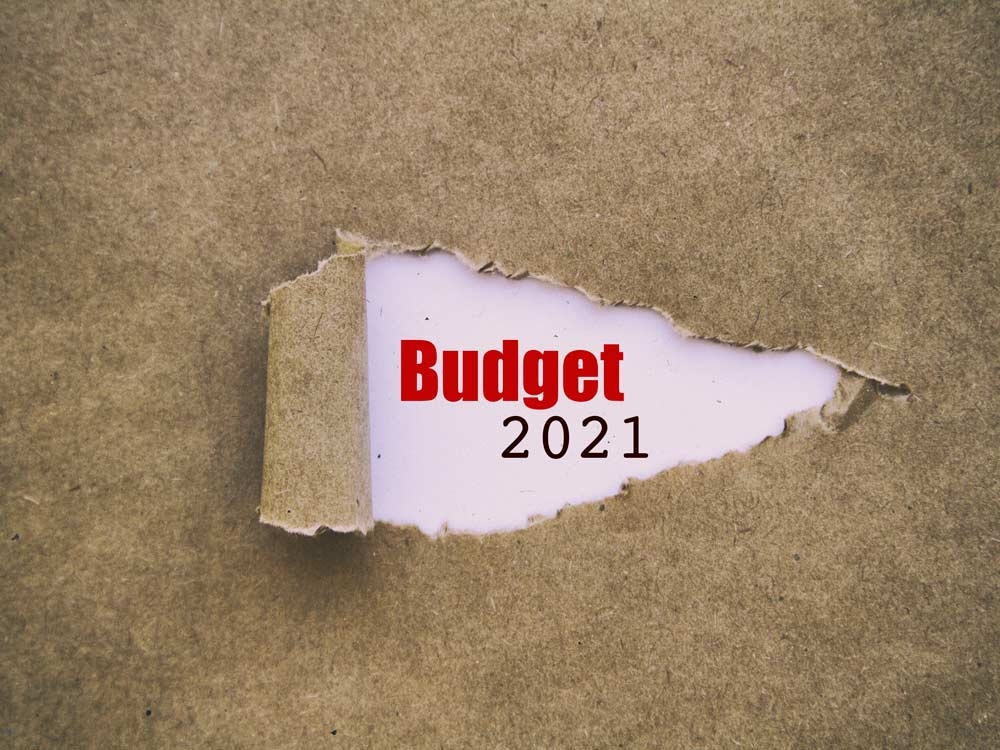
Since the day the budget was presented by Finance Minister Nirmala Sitharaman on February 1, there has been a great deal of conflicting commentary on it. If political commentators are trying to build a 1991-type narrative on it, seasoned economic analysts are cautioning against the new increased tendency for hyperbole and are emphasising the implementation side.
The 1991 budget was very different. Even before it was presented, Dr Manmohan Singh had started implementing its key policy proposals. He could do so because India was on the brink of a default on its external obligations, something that had never happened before. The horror of it had opened up the political space for an economist and his team of experts to roll out corrective steps.
This year's budget was also presented against the backdrop of extraordinary challenges. While a GDP contraction and a pandemic can be far more debilitating than a macroeconomic crisis, the immediate situation for India is not as desperate as the prospect of a sovereign default. If corrective steps are not taken in time, the economy can get into a downward spiral. This can happen despite the projection of double-digit growth next year. To avoid precisely that was the main task before the makers of this year's budget. Have they succeeded? It is usually said that a budget can only lay out a blueprint and design a strategy. Implementation is rarely in the hands of the finance ministry. Therefore, often the great plans spelled out in budget speeches do not fructify. But this time is different. The key to the implementation success is also very much in the ministry's control.
Let's understand what the budget seeks to do. The economy is stuck in three broad types of difficulties. First, the impact of COVID. Second, the slowdown that precedes COVID. And third, the structural imbalance in growth and development due to which a small section of the economy performs well but the rest of the population struggles. If the budget had laid out coherent and transparent roadmaps for all three challenges, it certainly would have been a 1991-scale change agent. However, of the three, the budget is focused mainly on the second task. There too, success will be dependent on accomplishing something on which the finance ministry has had a poor past record. So, it will have to push itself.
The slowdown in the economy is mainly because of the investment slowdown. Sustainable economic growth can only come out of sustainable growth in incomes and jobs. For that, the private sector must expand and resume investing - something it was not willing to venture into even before COVID. To change this, the budget has announced an increase in government's capex from 1.6 per cent of GDP pre-COVID to 2.5 per cent over the next two years. This is a good plan. If the government manages to deliver on it and that is a big 'if', private investments can revive. The budget arithmetic shows that for financing this capex increase, the ministry is depending totally on the receipts it hopes to raise from monetisation, disinvestment and privatisation of government-owned enterprises and assets. In any given year, most of the government's tax receipts and borrowings go towards providing for paying pensions, salaries and repaying past borrowings. There is little room for a capex increase. Therefore, the big question that hangs on the budget's lofty goals is how realistic the plan is, given the finance ministry's long record of failing on these very spending and revenue targets year after year.
Over the last three years, the ministry managed to raise less than half of its budgeted estimates for disinvestment receipts. The budget speech said that the government would privatise public-sector banks - a good goal that was first announced in the 1990s. But can you imagine employees of these banks quietly agreeing to work under new private-sector owners? I would expect them to strike work and start a new round of protests to add to the government's headaches after its failure to reach an agreement with protesting farmers. A strikes-hit banking sector is an entirely different challenge from striking farmers. It's not just the record of implementation but the government's record on responding to protests that makes the whole plan aiming to push for growth appear ambitious and daunting.
One of the early news stories of my career as a journalist was the approval given by the cabinet headed by Prime Minister Atal Bihari Vajpayee for the disinvestment of government ownership in Air India. It was that rare government which actually delivered sales of government ownership in companies that can be called privatisation. Not only did it fail to sell shares of Air India to a private partner, the proposed sale has languished for more than two decades. Prime Minister Narendra Modi's government has not made much headway. It has only spent tax money to fill the holes burnt in the exchequer by Air India's losses.
A lot of the commentary on the budget is misinterpreting the fiscal-deficit number, taking the large expansion to be a stimulus for growth. Much of the increase in the fiscal deficit is statistical since the denominator, i.e., the GDP growth is lower, and due to the failure to meet the targets for disinvestment receipts and the transparency in showing the food-subsidy liabilities by bringing them to the budget instead of showing them in the books of the Food Corporation of India. Of course, the budget does well to make its accounting practices more transparent, as was being advocated by rating agencies and watchers of the fiscal deficit for long. This was a good year to do this since they were all also advocating fiscal loosening.
To sum up, the fiscal policy is largely as loose as it was, not more or less. The growth push will depend on whether the capex increases being targeted are achieved. That in turn will depend on the success in turning around the past record on disinvestment and privatisation.
Puja Mehra is a Delhi-based journalist and author of 'The Lost Decade (2008-18): How India's Growth Story Devolved Into Growth Without A Story'

